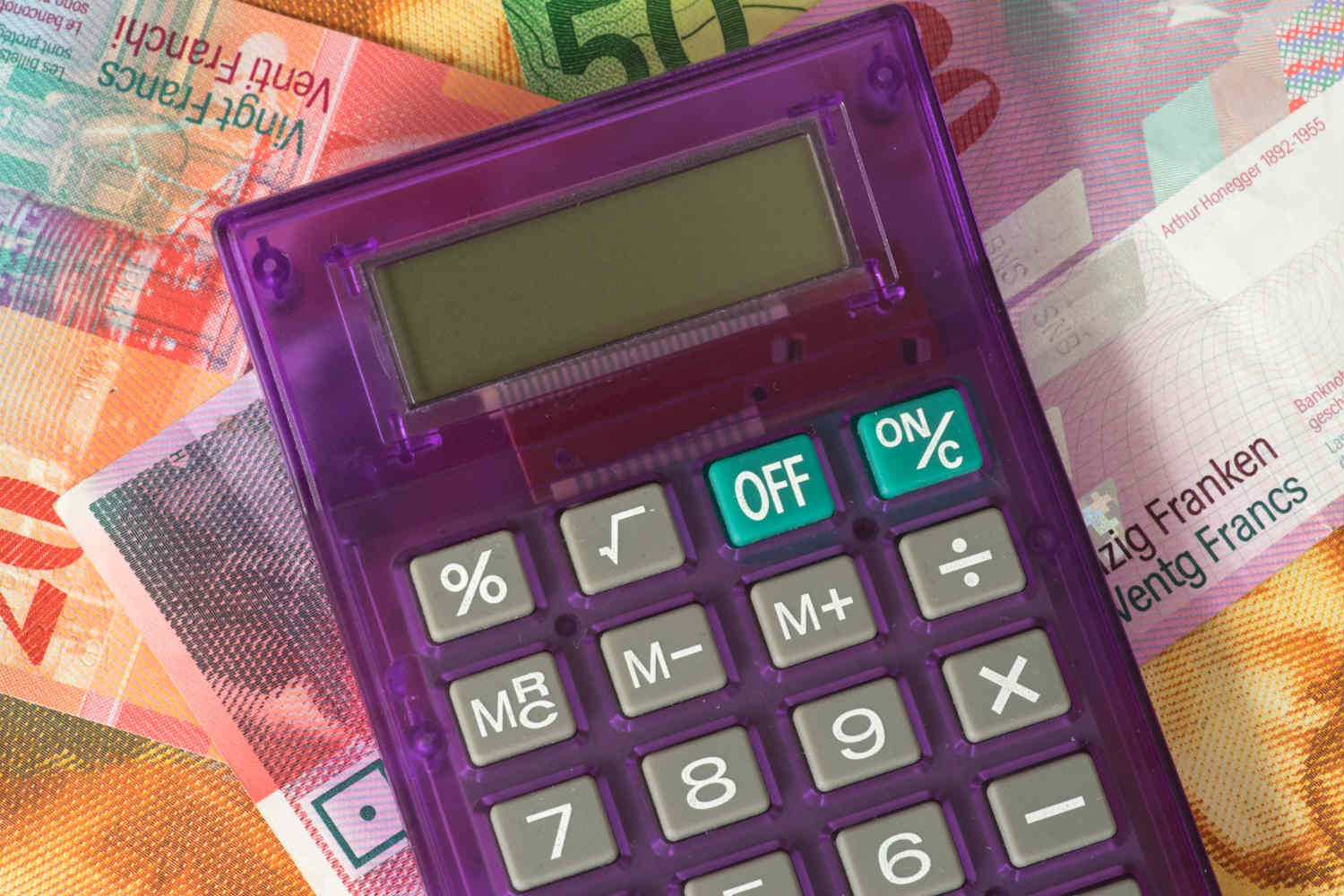New data from Switzerland’s Federal Statistics Office (FSO) reveals what the average Swiss household spent in 2016. Here’s a breakdown:
1) The average monthly disposal income for Swiss households was 7,124 Swiss francs (€6,265) in 2016. However, 59 percent of households had less disposable income than this. The average number of people per household was 2.1 but the FSO noted single-income households were often worse off as costs could not be shared.
2) Income from jobs made up most of gross household income in 2016 (75 percent).
3) Disposable income was measured as gross household income minus unavoidable expenses including taxes, pension and social welfare contributions as well as compulsory basic health insurance.
These unavoidable expenses ate up 27.4 percent of gross household income in 2016, or an average 2,751 francs a month.
Read also: Swiss salaries- bankers no longer the biggest earners
Broken down, taxes comprised 11.5 percent of unavoidable expenses (1,153 francs a month) while compulsory basic health insurance swallowed up 6.2 percent (626 francs).
4) The average Swiss household also gave out 141 francs a month for extra, top-up health insurance and 190 francs for other insurance policies.
5) The average monthly outlay for accommodation and energy bills was 1,476 francs, which was 14.7 percent of gross household income.
6) Swiss households spent an average 632 francs a month on food and non-alcoholic drinks in 2016 (6.3 percent of gross disposable income). Alcohol and tobacco spending totalled an average 106 francs each month.
7) Clothes and shoes: in 2016, households spend an average 210 francs a month on clothes and shoes (2.1 percent of gross disposable income). Of this, 86 francs went towards women’s clothing, 50 francs towards men’s clothing and 42 francs on shoes.
8) Transport costs used up an average 7.7 percent of gross household income the year before last, totalling 770 francs a month, while the average entertainment and leisure spend was 542 francs monthly.
9) The average household managed to save 1,551 francs a month in 2016 or 15.5 percent of gross household income. But the FSO noted households with an income of less than 5,000 francs a month (the lowest income category) often gave out more than they spent. This is because 61 percent of these low-earning households were home to pensioners, many of who supplement their income by drawing on their assets.
Read also: Top of the heap: Switzerland’s ‘richest’ places by purchasing power.




 Please whitelist us to continue reading.
Please whitelist us to continue reading.